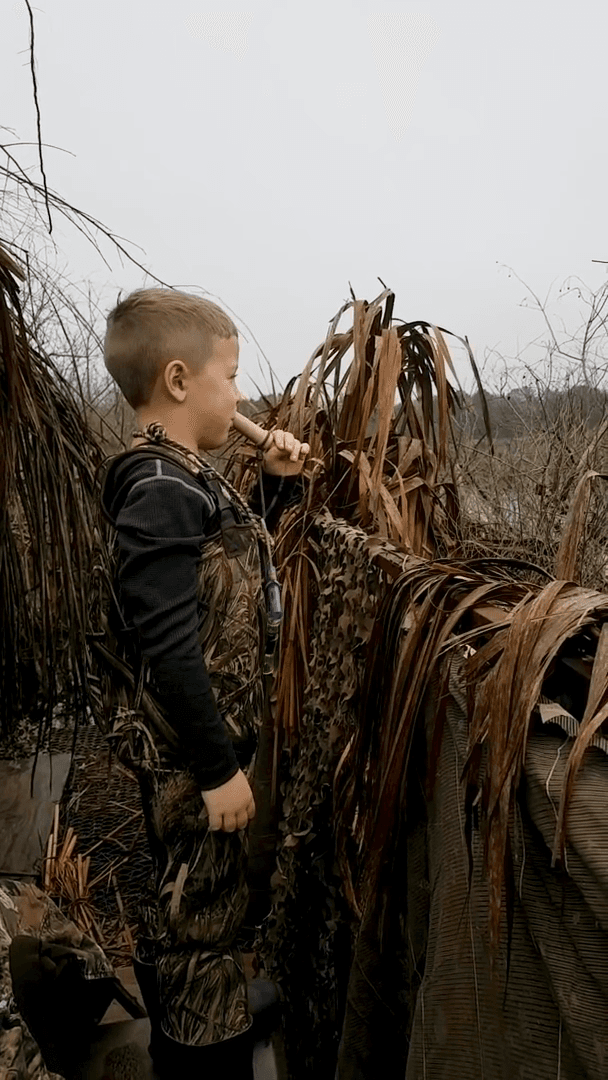
Checking illegal trade of marine life in Bangladesh: A long way to go Although officials still believe that fishermen do not intentionally catch sharks and rays, conservationists say fins, cartilage, gill plates, liver and other parts are smuggled in the guise of ‘dry fish’ from Cox’s Bazar to some South-East Asian countries via Myanmar Although the netting of nine genera and 52 species of marine fish, including whales, dolphins, sharks, and rays is prohibited in Bangladesh, hunting sharks and rays continues unabated. Officials still believe that fishermen do not intentionally catch sharks and rays, and Bangladesh is still not considered a major exporter of shark derivatives, but conservationists have rung the alarm as fins, cartilage, gill plates, liver and other parts are smuggled in disguise of 'dry fish' from Cox's Bazar to some South-East Asian countries via Myanmar. The Bay of Bengal shelters various cartilaginous fish, including the hammerhead shark, bull shark, graceful shar
Post: 8 December 09:22












































